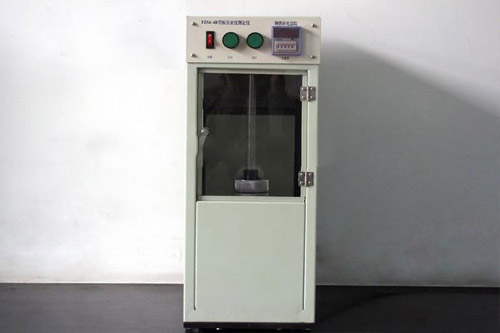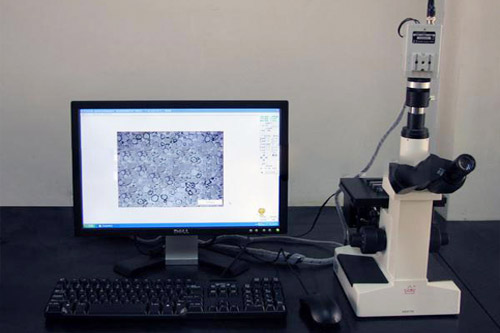Physical Characteristics of Tungsten Plate
Tungsten plate is steel gray or silvery white, it has high hardness, high melting point and is free from air corrosion at room temperature. The main use is to manufacture filament and high-speed cutting alloy steel, ultra hard die, also used in optical instruments, chemical instruments. China is the largest tungsten storage country in the world.
Tungsten plate is a metallic element, it is hard and brittle, and has high melting point, which can be made into fine wire and special alloy steel: tungsten wire, tungsten ferrotungsten. (selected tungsten ore). Tungsten belongs to nonferrous metal, but also it is an important strategic metal of tungsten, known as "heavy in ancient times". In 1781, the scheelite was discovered by the Swedish chemist Karl William Scheele, and extracted the new element acid - tungstate, in 1783, the wolframite was discovered by Spaniard Depp Aria and extracted wolframic acid. At the same year, the tungsten powder was obtained by carbon reduction, and named the element. The content of tungsten in the crust is 0.001%., and 20 kinds of tungsten minerals have been found. Tungsten deposits are usually formed with the activity of granitic magma. After smelting, tungsten is a silvery white lustrous metal with a high melting point and a great hardness. Tungsten is the element with the highest melting point.
Physical property:
Element symbol: W
Atomic number: 74
Nuclear charge number: 74
CAS:7440-33-7[1]
Stable isotopes and their percentages: 180(0.14);182(26.41); 183(14.40);184(30.64);186(28.41)
Atomic volume: (Cubic centimeter / mole) 9.53
Relative atomic mass: 183.84
Content of elements in the sun: (ppm) 0.004%
Content of elements in sea water: (ppm) 0.000092%
Atomic radius: 137pm
Peripheral electron layer arrangement: 5d4 6s2
Electron layer: k-l-m-n-o-p
The rate at which sound travels: (m/S)4620
First ionization energy: 775kJ/mol
Electronegativity: 1.7
Density: 19.35 g / cubic centimeter

Tungsten plate is a metallic element, it is hard and brittle, and has high melting point, which can be made into fine wire and special alloy steel: tungsten wire, tungsten ferrotungsten. (selected tungsten ore). Tungsten belongs to nonferrous metal, but also it is an important strategic metal of tungsten, known as "heavy in ancient times". In 1781, the scheelite was discovered by the Swedish chemist Karl William Scheele, and extracted the new element acid - tungstate, in 1783, the wolframite was discovered by Spaniard Depp Aria and extracted wolframic acid. At the same year, the tungsten powder was obtained by carbon reduction, and named the element. The content of tungsten in the crust is 0.001%., and 20 kinds of tungsten minerals have been found. Tungsten deposits are usually formed with the activity of granitic magma. After smelting, tungsten is a silvery white lustrous metal with a high melting point and a great hardness. Tungsten is the element with the highest melting point.
Physical property:
Element symbol: W
Atomic number: 74
Nuclear charge number: 74
CAS:7440-33-7[1]
Stable isotopes and their percentages: 180(0.14);182(26.41); 183(14.40);184(30.64);186(28.41)
Atomic volume: (Cubic centimeter / mole) 9.53
Relative atomic mass: 183.84
Content of elements in the sun: (ppm) 0.004%
Content of elements in sea water: (ppm) 0.000092%
Atomic radius: 137pm
Peripheral electron layer arrangement: 5d4 6s2
Electron layer: k-l-m-n-o-p
The rate at which sound travels: (m/S)4620
First ionization energy: 775kJ/mol
Electronegativity: 1.7
Density: 19.35 g / cubic centimeter











